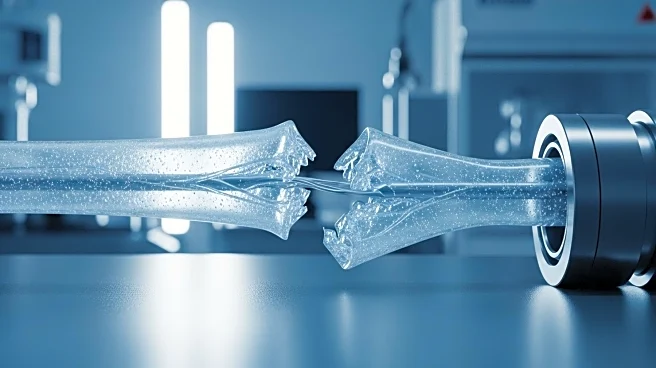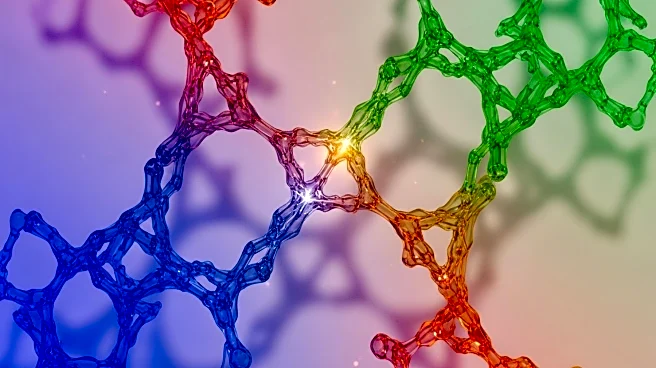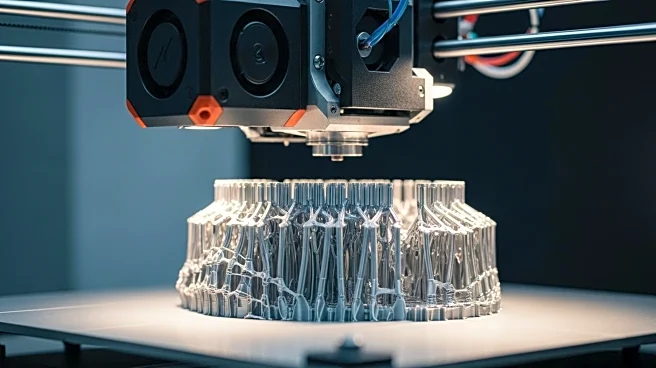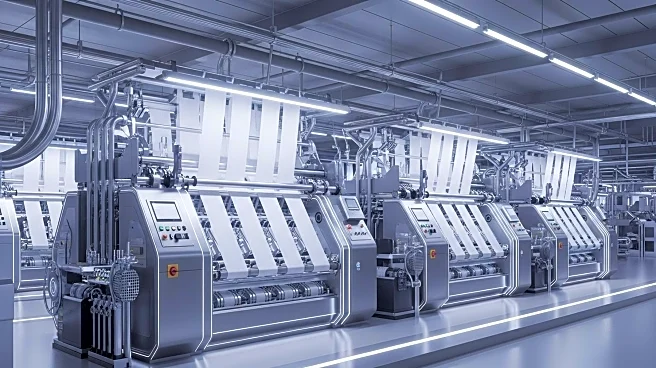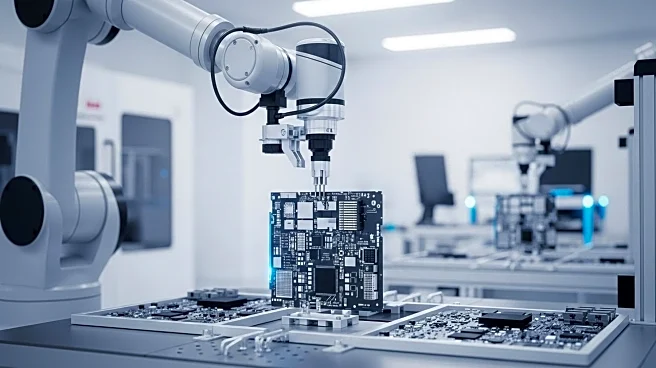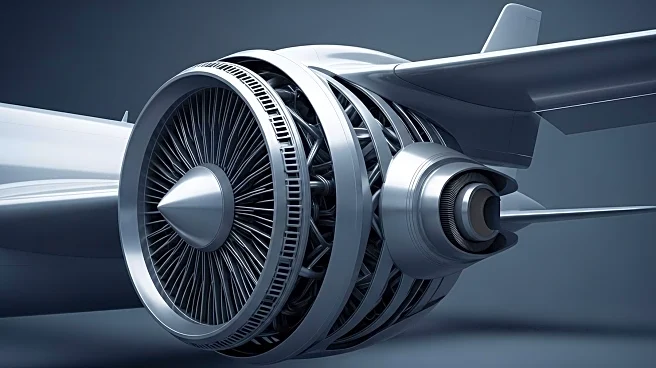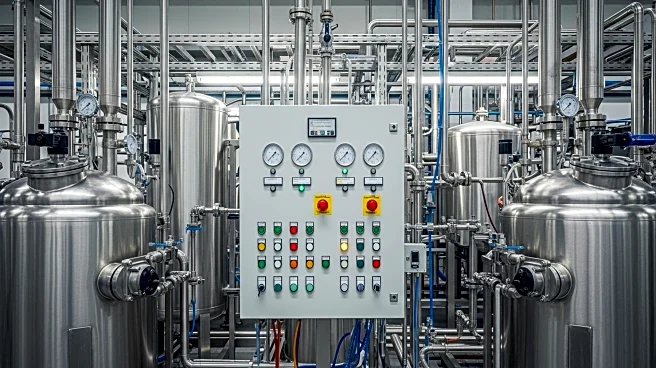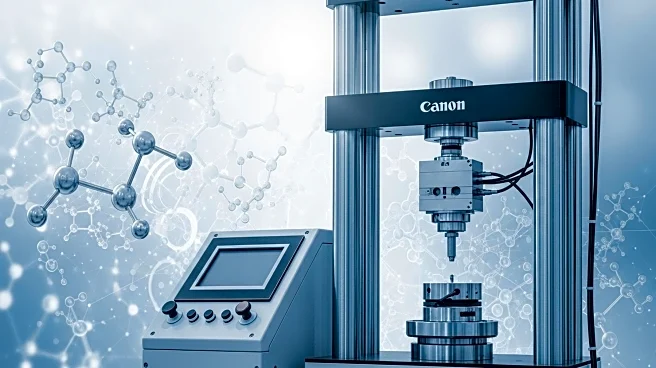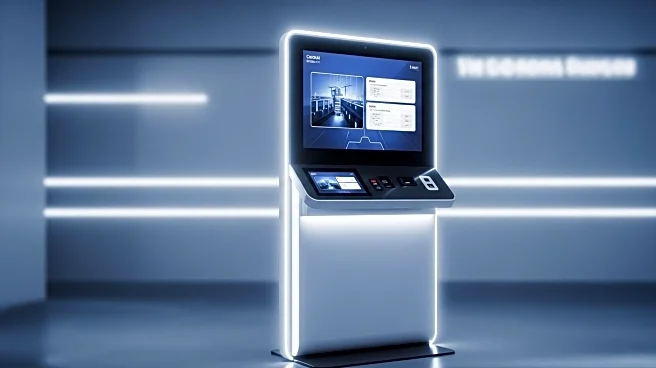What's Happening?
The self-healing smart polymers market is experiencing significant growth, driven by major companies such as DuPont, Evonik, and Solvay. These advanced materials, capable of repairing themselves after damage, are projected to expand at a compound annual growth rate (CAGR) of 14.20% from 2025 to 2032, increasing from $2.3 billion in 2025 to $6.5 billion by 2033. The market study highlights the application of these polymers in various industries, including automotive, aerospace, electronics, and medical devices, where they enhance product longevity and reduce maintenance costs. The development of microcapsule and reversible bonding technologies, along with integration with additive manufacturing and 3D printing, are key trends driving this market. However, challenges such as high production costs and limited mechanical strength after multiple healing cycles remain.
Why It's Important?
The growth of the self-healing smart polymers market is crucial for industries seeking durable and low-maintenance materials. These polymers offer significant advantages by extending product lifecycles and reducing waste, aligning with the increasing demand for sustainable materials. The advancements in polymer chemistry that enable autonomous repair mechanisms are particularly beneficial for sectors like electronics, coatings, and biomedical, where reducing maintenance costs is a priority. The expansion of applications in aerospace and automotive industries further underscores the importance of these materials in enhancing product performance and sustainability.
What's Next?
The market is expected to see further development in scalable synthesis and manufacturing processes, as well as partnerships with material science startups and original equipment manufacturers (OEMs). The potential for export in aerospace, healthcare, and electronics markets presents opportunities for growth. Additionally, the licensing of patented self-healing mechanisms and increased research in advanced functional materials are anticipated to drive the market forward.
Beyond the Headlines
The self-healing smart polymers market not only addresses immediate industrial needs but also contributes to long-term sustainability goals. By minimizing waste and enhancing the lifecycle of products, these materials support environmental conservation efforts. The integration of bio-inspired self-healing mechanisms and the focus on commercialization of thermally and chemically responsive polymers highlight the innovative approaches being adopted to meet future demands.
